Introduction to Strength & Conditioning: Unlocking Your Full Athletic Potential
Strength and conditioning (S&C) is a critical component of fitness and athletic performance, designed to enhance physical abilities and reduce the risk of injury. Whether you’re a competitive athlete or someone looking to improve your overall fitness, integrating strength and conditioning into your routine can elevate your performance to new heights. This blog will introduce the fundamentals of S&C, explain the role of a strength and conditioning coach, and outline what a typical program looks like. We’ll also explore the benefits and provide guidance on how often to engage in S&C training.
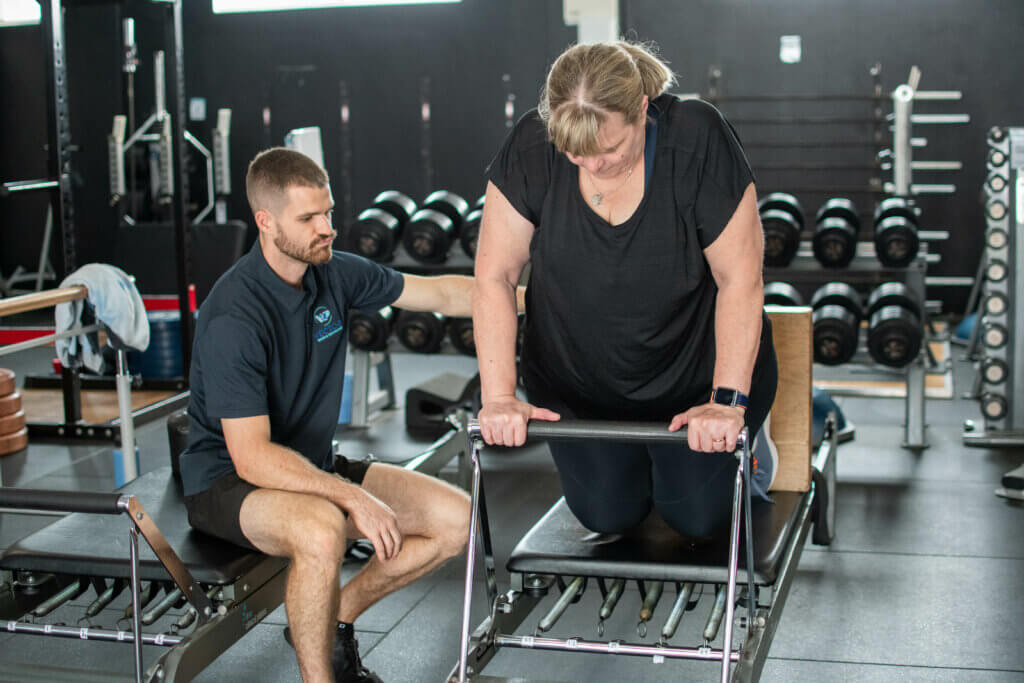
What Is Strength & Conditioning?
Strength and conditioning refers to the practice of using exercise to improve strength, power, endurance, and overall athletic performance. It involves a combination of resistance training, cardiovascular conditioning, mobility work, and recovery strategies. The primary goals of S&C are to enhance physical performance, prevent injuries, and ensure athletes or individuals are in peak condition for their specific sport or fitness goals.
The Role of a Strength & Conditioning Coach
A strength and conditioning coach plays a vital role in the development of athletes and fitness enthusiasts. These professionals are experts in designing and implementing exercise programs that are tailored to the needs of the individual. Their responsibilities include:
01
Assessment and Goal Setting
Conducting initial assessments to understand the athlete’s or client’s strengths, weaknesses, and goals.
02
Program Design
Creating customised training programs that focus on improving specific aspects of fitness, such as strength, speed, agility, endurance, and flexibility.
03
Monitoring and Adjusting
Continuously monitoring progress and making adjustments to the program as needed to ensure optimal results.
01
Injury Prevention and Rehabilitation
Working closely with performance coaches and medical professionals to prevent injuries and assist in the rehabilitation process.
02
Education
Teaching proper exercise techniques and educating clients on the importance of recovery, nutrition, and mental preparation.
03
Strength and conditioning coaches often collaborate with performance coaches, who specialise in areas such as speed development, agility training, or sport-specific skills, to provide a comprehensive approach to an athlete’s development.
Typical Strength & Conditioning Programs
A well-rounded strength and conditioning program typically includes the following components:
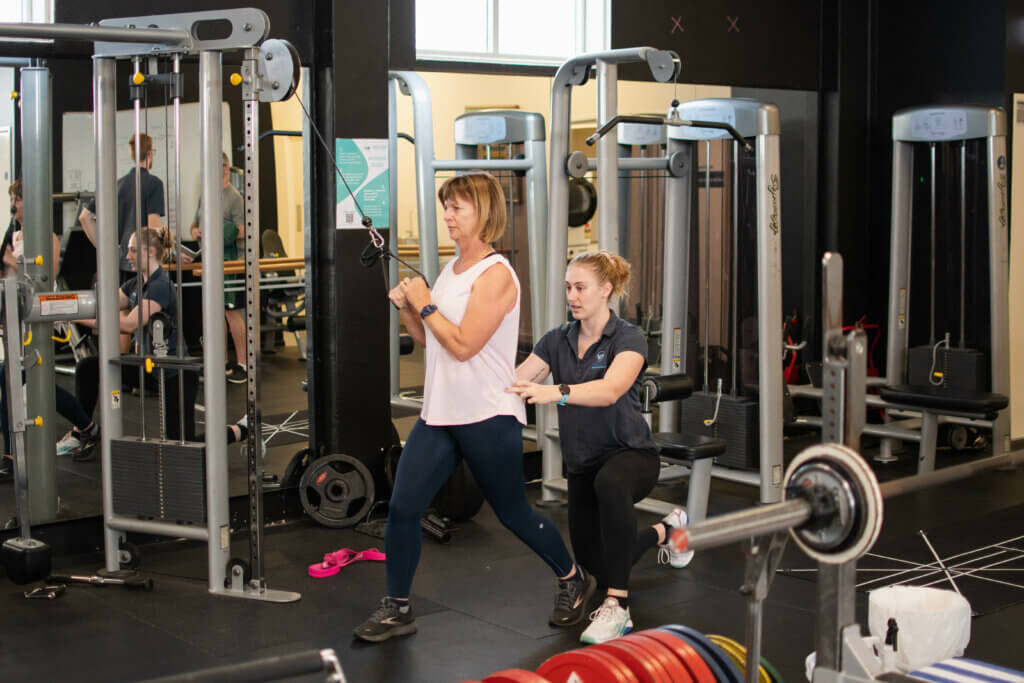
Strength Training
This includes exercises like squats, deadlifts, bench presses, and Olympic lifts. The focus is on building muscle strength and power, which are crucial for athletic performance.
Conditioning
Cardiovascular conditioning involves activities like sprinting, interval training, and endurance exercises. These improve heart and lung capacity, allowing athletes to perform at a high level for longer periods.
Plyometrics
Explosive movements like box jumps, burpees, and medicine ball throws help develop power and speed, essential for sports that require quick bursts of energy.
Mobility and Flexibility
Stretching, foam rolling, and dynamic warm-ups are integrated to improve flexibility, range of motion, and prevent injuries.
Recovery
Recovery strategies, such as cool-down exercises, active recovery sessions, and proper nutrition, are crucial for repairing muscles and avoiding burnout.
Sample Exercises and Workouts
Here are examples of exercises and workouts commonly found in strength and conditioning programs:
Strength Exercises:
– Squats: Builds lower body strength.
– Deadlifts: Enhances full-body power.
– Bench Press: Develops upper body strength.
– Pull-Ups: Strengthens the back and shoulders.
Conditioning Workouts:
– High-Intensity Interval Training (HIIT): Alternating between intense bursts of activity and fixed periods of less-intense activity or rest.
– Sprints: Short-distance running at maximum effort, with rest intervals in between.
Plyometric Drills:
– Box Jumps: Improves explosive power.
– Medicine Ball Slams: Builds core strength and power.
Mobility Work:
– Dynamic Stretches: Leg swings, arm circles, and hip openers.
– Foam Rolling: Targets tight muscles to increase flexibility and reduce soreness.
How Often Should You Engage in Strength & Conditioning?
The frequency of strength and conditioning sessions depends on your fitness level, goals, and sport. For most athletes and fitness enthusiasts, 3-4 sessions per week is ideal. This allows for enough volume to see progress while giving the body sufficient time to recover. Beginners might start with 2-3 sessions per week, gradually increasing the intensity and frequency as they become more conditioned.
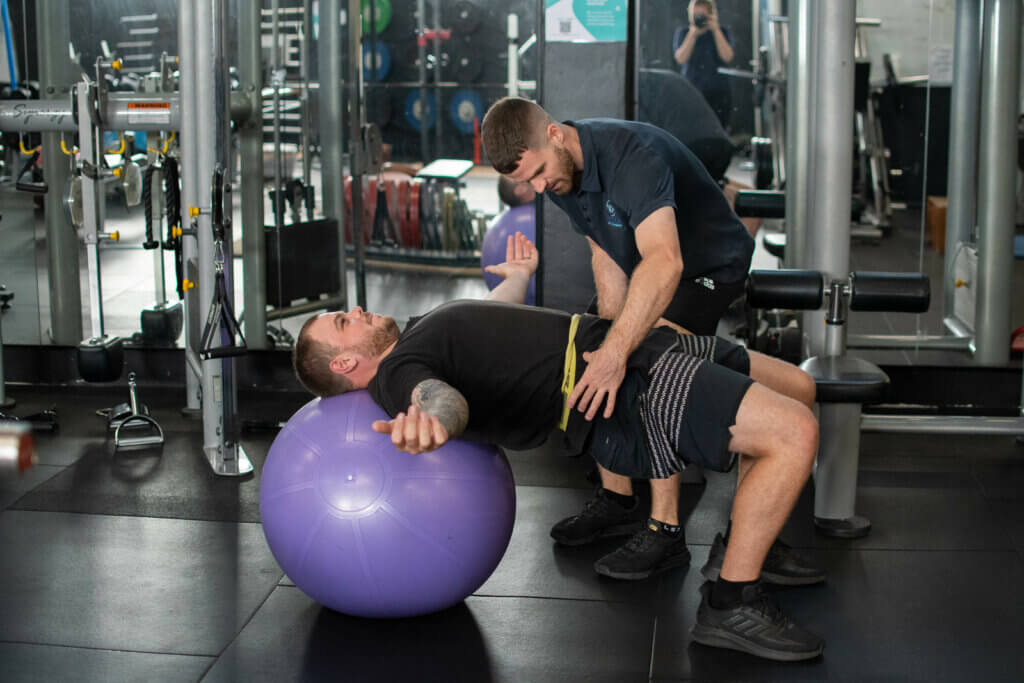
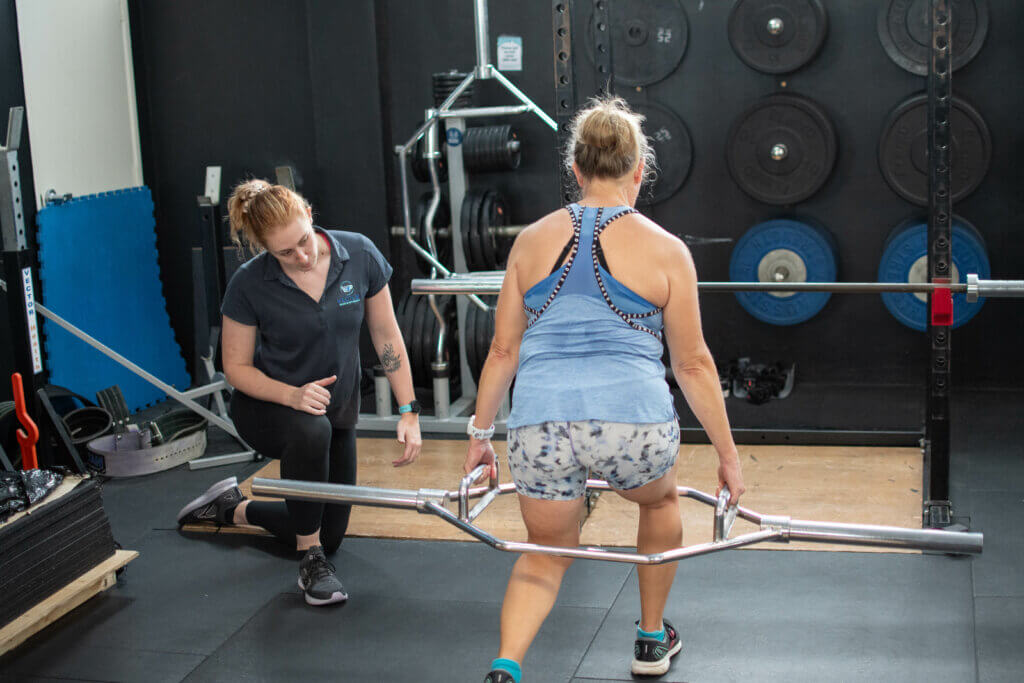
What to Expect in a Typical Session
A typical strength and conditioning session usually lasts between 60 to 90 minutes and includes:
1. Warm-Up: A dynamic warm-up to prepare your muscles and joints for the workout ahead.
2. Main Workout: This is the core part of the session, focusing on strength training, conditioning, or a combination of both, depending on your goals.
3. Cool-Down: Stretching and mobility exercises to aid in recovery and prevent injuries.
4. Feedback: Your coach will provide feedback on your performance, make adjustments to your program if necessary, and discuss your progress.
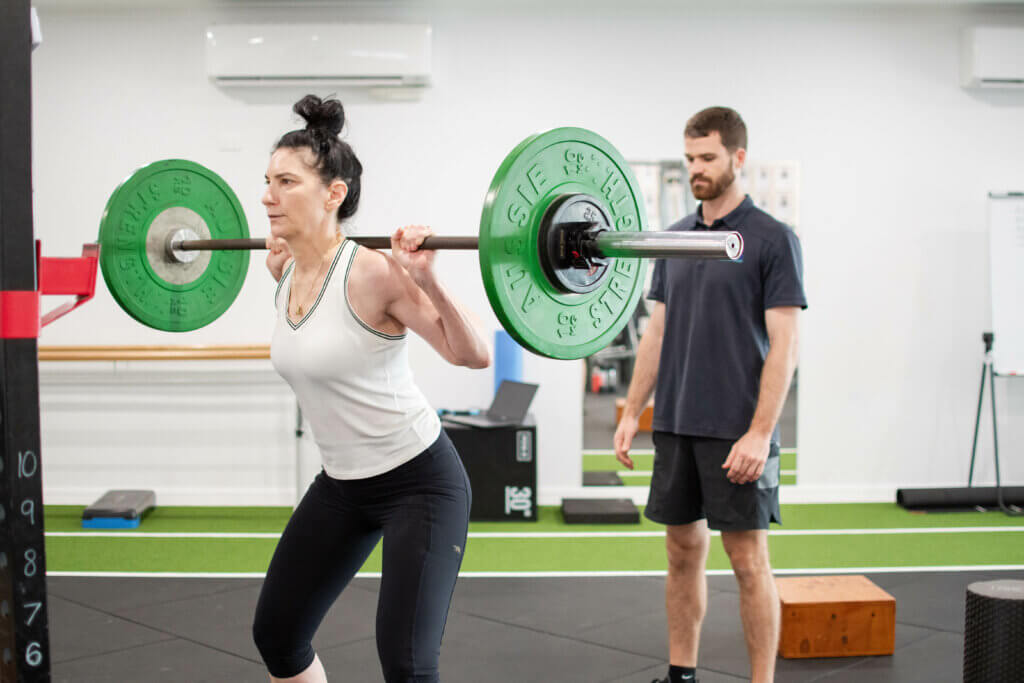
Benefits of Strength & Conditioning
Enhanced Performance: Whether you’re an athlete or a fitness enthusiast, S&C improves your strength, speed, agility, and endurance, making you more effective in your sport or daily activities.
Injury Prevention: By strengthening muscles, improving flexibility, and focusing on proper technique, S&C reduces the risk of injury.
Better Body Composition: Regular strength and conditioning helps build lean muscle mass and reduce body fat, leading to a more toned physique.
Increased Mental Toughness: The discipline and resilience developed through consistent S&C training translate into greater mental toughness, which is beneficial in both sports and life.
Strength and conditioning is more than just lifting weights—it’s a comprehensive approach to fitness and athletic performance. By incorporating strength, conditioning, mobility, and recovery into your routine, you can significantly enhance your physical abilities, reduce the risk of injury, and achieve your fitness goals more efficiently.
If you’re ready to take your fitness or athletic performance to the next level, consider incorporating strength and conditioning into your routine. To get started, visit our Performance Coaching page and get in contact with one of our expert coaches who can tailor a program specifically for you. Your journey to unlocking your full potential starts here!
